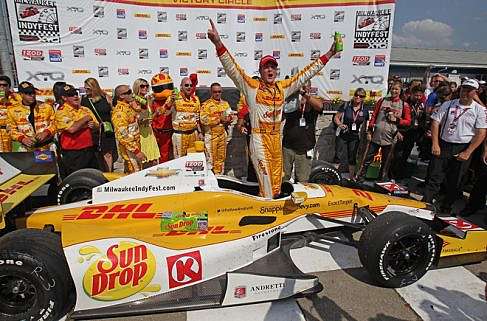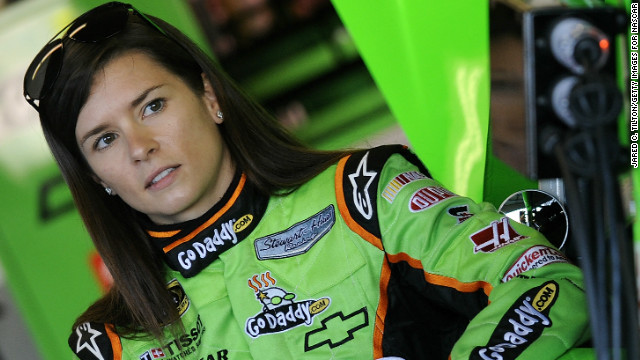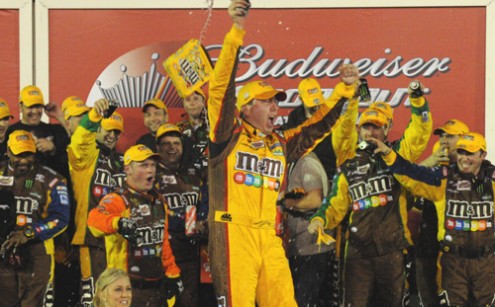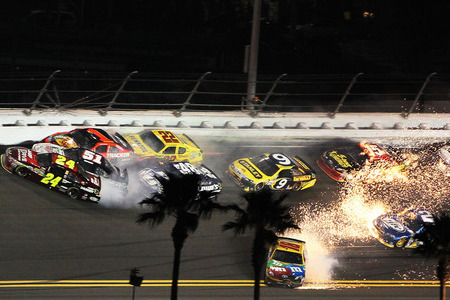Sunday saw
the conclusion of the 2012 Formula 1 season, and most eyes were riveted to the
exciting battle that saw Sebastian Vettel escape with his third consecutive
title by the narrowest of margins over Fernando Alonso. However, the revelation
of the race may well have been Nico Hülkenberg, driving in his final race
for Force India before moving to Sauber in 2013. Hülkenberg led his first ever
race laps and looked to be a strong contender for the maiden win – both for him
and Force India – until he collided trying to overtake Lewis Hamilton in turn
one as the race wound down, eventually shuffling down to fifth at the checkered
flag.
Sauber finished 6th in the 2012 Constructors’
Championship, Force India 7th
For Force
India, it was a tale of two seasons, with the first 10 races producing 46
points, the second 10 races delivering 63. Conversely, Sauber broke from the
gates well, earning 80 points over the first half, then holding on to its
position by scrambling for just 46 points in the second. Hobbs and others look
to that trend in questioning Hülkenberg’s decision.
Not so fast.
Sauber
produced the best chances to win in 2012, finding itself on the podium in four
races – two seconds and two thirds - while Force India’s best finishes were off
the podium – two fourths and two fifths. When Sauber is at its best, its best
is better than Force India’s, and Hülkenberg is looking to stand on the F1
podium for the first time in his young career. If 2012 is any indication,
Sauber affords the best opportunity.
Force India
outperformed Sauber over the second half of the season, but most of that was
attributable to Hülkenberg himself, as he regularly outperformed teammate
Pal Di Resta, outscoring him in six races, and scoring a total of 44 points to
Di Resta’s 19. Comparatively, Sauber’s driver tandem of Kamui Kobayashi and
Sergio Pérez
scored 27 and 19 points respectively, matching or outpacing Di Resta, even with
Pérez
seemingly checking out after signing with McLaren for 2013, getting shut out of
the points the final six races. So, yes, while Force India outperformed Sauber
over the last ten races, Hülkenberg was the driver responsible for the majority of that
performance.
Sauber runs Ferrari engines while Force
India runs Mercedes
Not for
nothing, Sauber powers its chasses with Ferrari engines. This isn’t to suggest
the Ferrari power plant provides a competitive advantage over the Mercedes of
Force India. Rather, the suggestion is for future driving opportunities.
Ferrari’s Felipe Massa was lucky to hold onto his drive for 2013, and if he
repeats his disappointing start to the season, driver succession rumors will flying
by early summer. If so, Hülkenberg, driving for a Ferrari customer team, will
instantly find himself in consideration to fill the seat in the prancing horse
of the Scuderia. The road upwards in the Mercedes camp is much more cluttered,
with both Mercedes and McLaren both seemingly set for several years.
2013 will tell the story
There you
have it – three reasons to suggest that Hülkenberg might have made the
proper decision to leave Force India for Sauber. The key word, of course, being
“might.” The balance of the 2013
season will tell the story, and it all starts March 17 in Melbourne, Australia.
Run hot laps on Twitter @RayHartjen




























